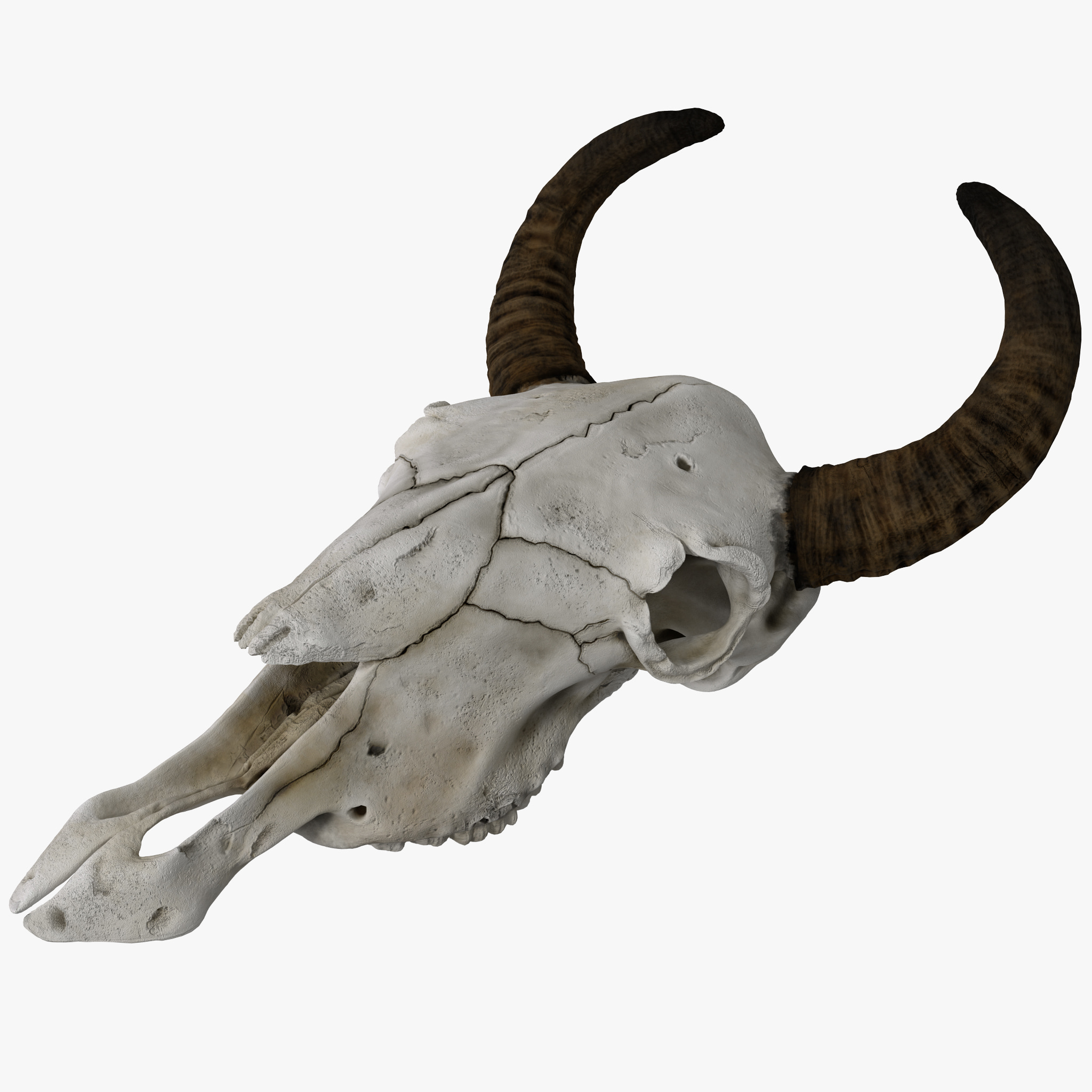
The Significance of the Cow Skull
The cow skull holds a significant place in various cultures around the world. It is not just a mere remnant of an animal's existence; rather, it symbolizes strength, resilience, and spirituality. The unique shape and intricate design of a cow skull make it an intriguing and captivating object of interest for many individuals.
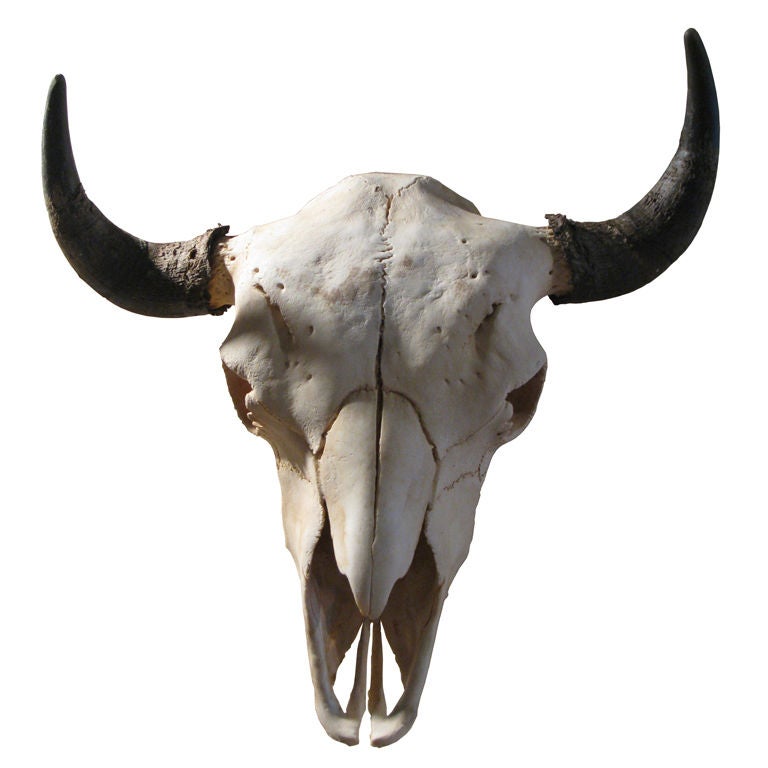
A Symbol of Strength and Resilience
The cow skull represents the strength and resilience of these majestic creatures that roam the vast landscapes. The skull's sturdy structure and durability serve as a reminder of the cow's ability to withstand harsh conditions and thrive in challenging environments. It is a symbol of endurance, a quality that resonates with many individuals facing their own obstacles in life.

Connection to Nature and Spirituality
In many cultures, the cow skull holds spiritual significance and acts as a connection to nature and the divine. It is often associated with spirituality and the belief in the afterlife. The cow, as a sacred animal, is believed to possess a spiritual essence that transcends its physical form, and the skull serves as a vessel for this essence. It is a symbol of the cycle of life, death, and rebirth.
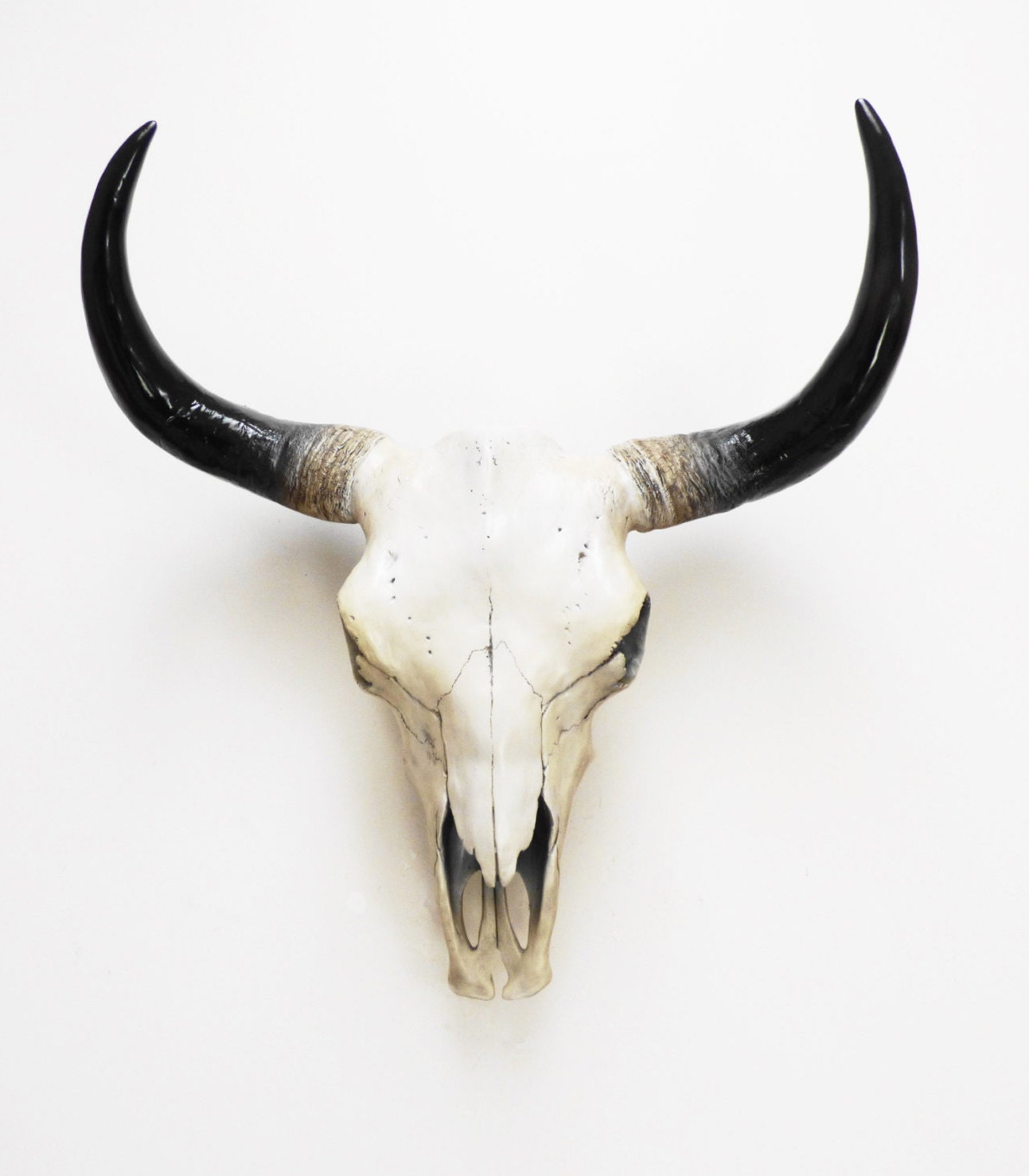
Artistic and Decorative Use
Beyond its cultural and spiritual symbolism, the cow skull has become a popular decorative item in contemporary art and design. Its intricate details and unique shape make it an appealing element in various artistic expressions. Many artists incorporate cow skulls into their creations, such as paintings, sculptures, and jewelry, adding a touch of Western or bohemian aesthetics to their work.
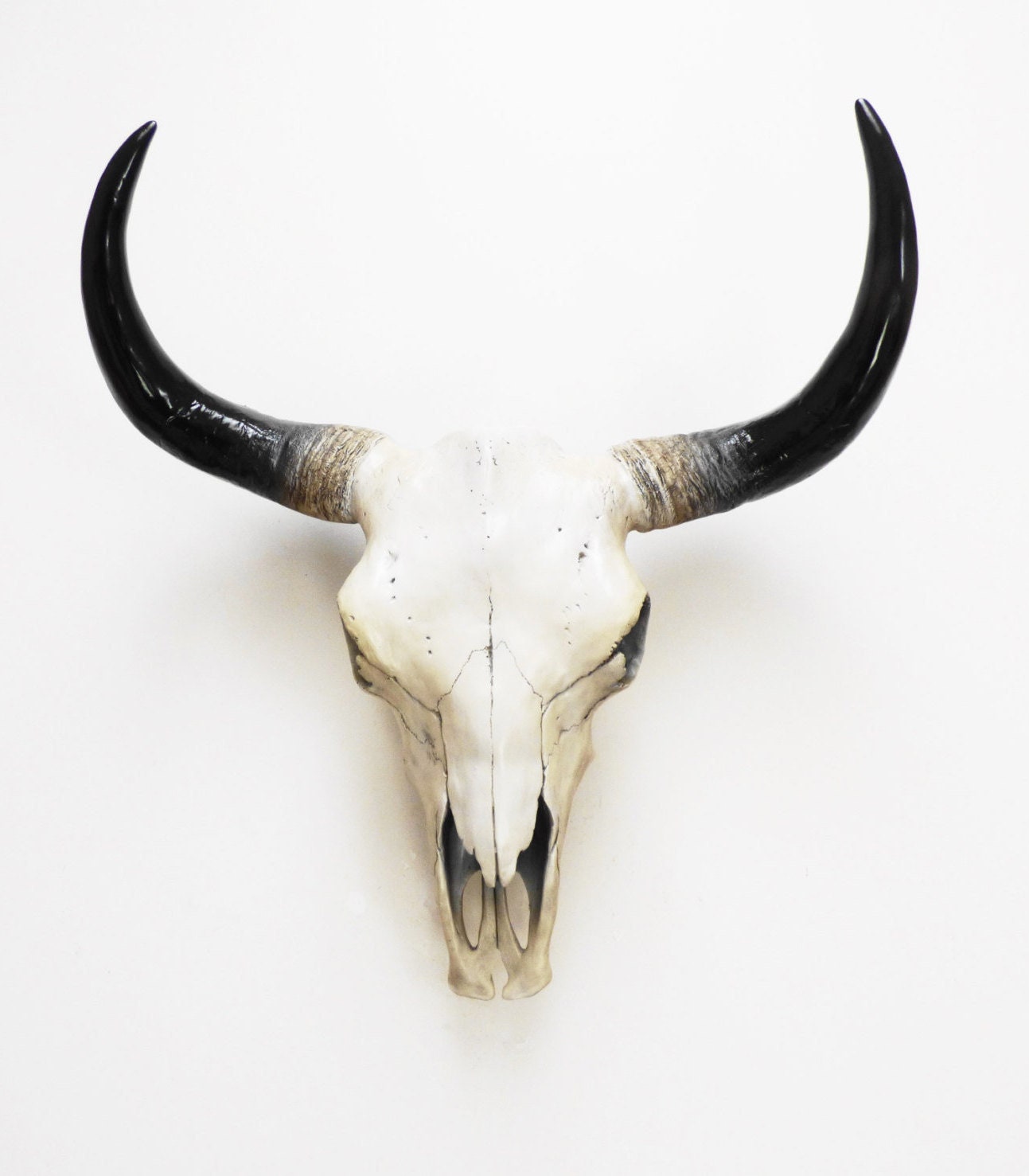
Native American Culture and the Cow Skull
In Native American culture, the cow skull holds great significance and is often used in ceremonies and rituals. It is believed to possess protective powers and is used as a talisman to ward off evil spirits. The intricate decorations on the skull, such as feathers, beads, and colorful paint, further enhance its spiritual and ceremonial value.
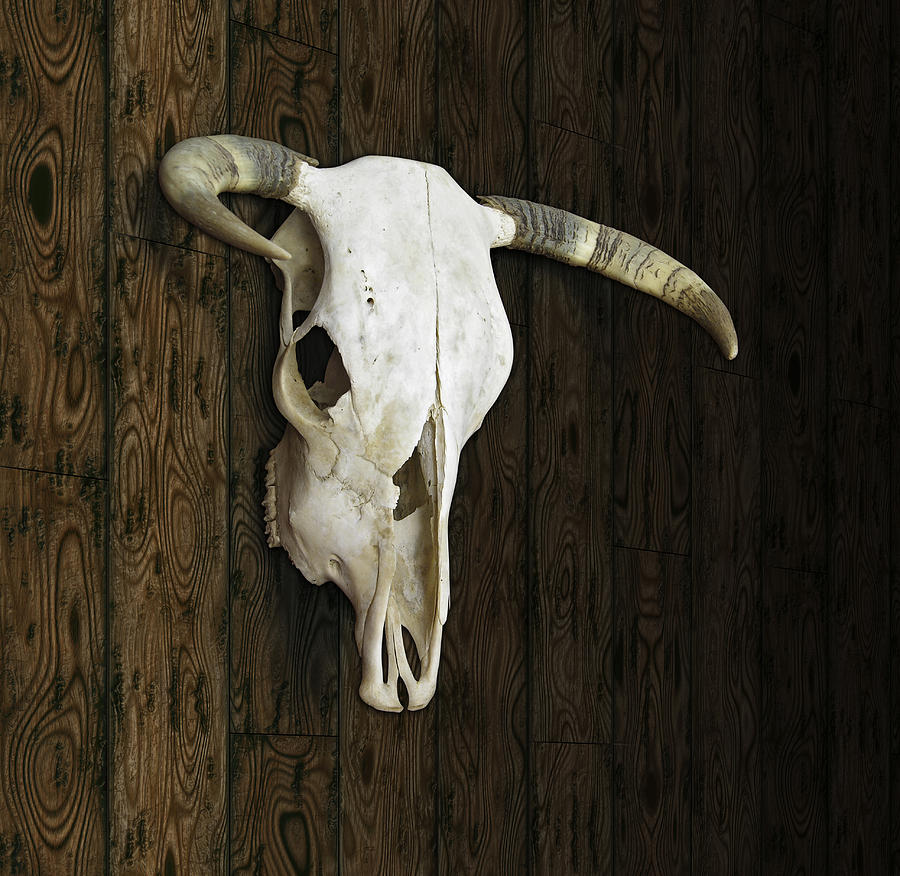
Symbolic Meanings in Different Cultures
In addition to Native American culture, the cow skull carries symbolic meanings in various other cultures. In Mexican folklore, the skull is associated with the Day of the Dead celebrations, representing the cycle of life and death. In some African cultures, the cow skull is considered a symbol of prosperity and abundance. These diverse interpretations highlight the universal appeal and significance of the cow skull.

Modern Interpretations and Fashion Trends
The cow skull has also found its place in modern fashion and interior design trends. It has become a popular motif in clothing, accessories, and home decor, adding a touch of rustic charm and a connection to nature. From cow skull printed t-shirts to cow skull-shaped wall hangings, these contemporary interpretations reflect the enduring allure and timeless appeal of this iconic symbol.
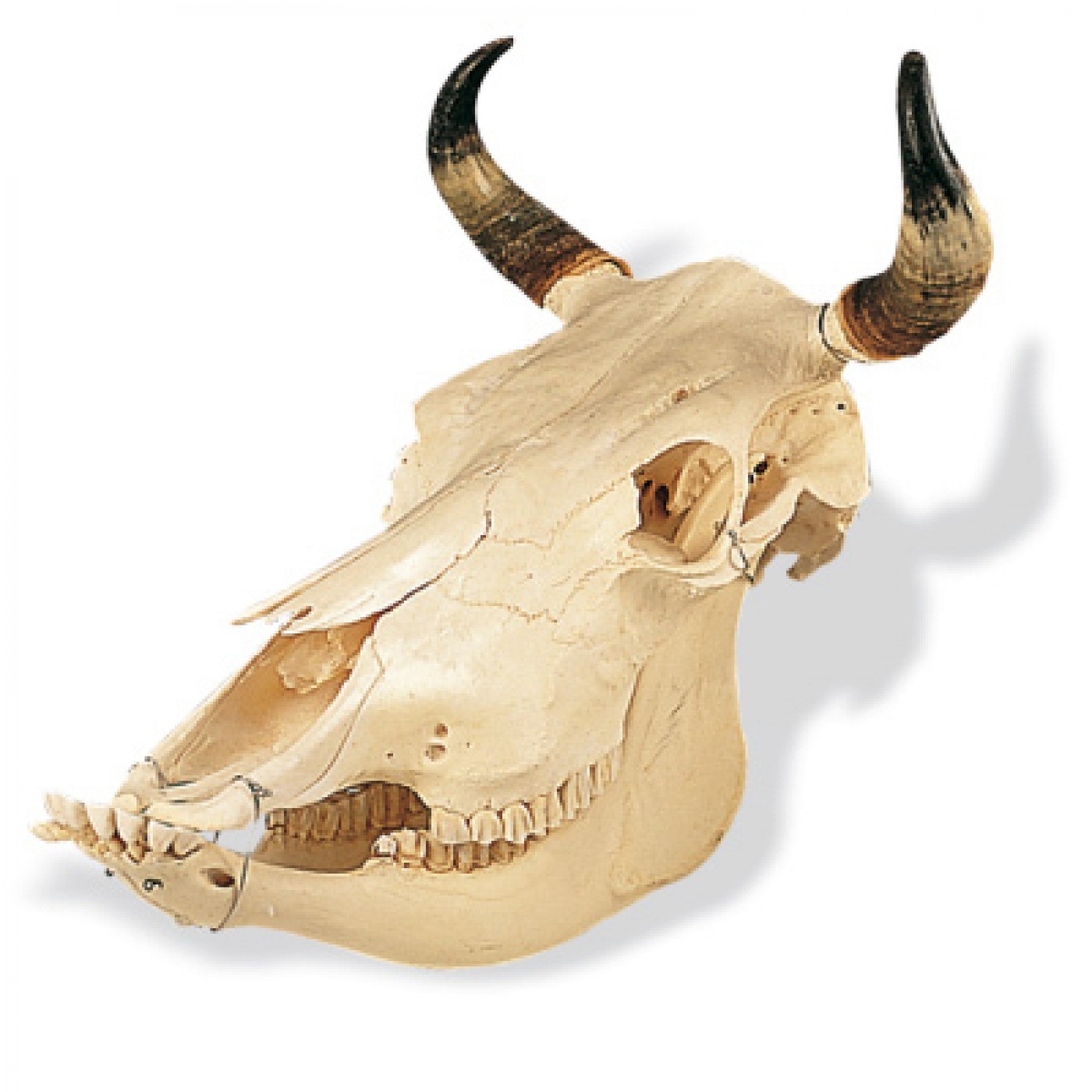
Collecting and Preserving Cow Skulls
For enthusiasts and collectors, cow skulls hold a special fascination. They are often sought after for their aesthetic value, historical significance, or personal connection to the symbolism they represent. Proper preservation techniques are essential to maintain the integrity and longevity of these delicate artifacts, ensuring that future generations can continue to appreciate their beauty and cultural importance.

The Ethical Aspect of Cow Skulls
It is important to consider the ethical aspect surrounding the acquisition of cow skulls. While some skulls may be obtained ethically, such as those from animals that died naturally, others may come from animals that have been hunted or slaughtered for their meat or other purposes. It is crucial to ensure that any cow skull collection or purchase adheres to ethical and legal practices to respect the animal's life and welfare.

In Conclusion
The cow skull represents much more than a mere relic of an animal's existence. It embodies strength, resilience, spirituality, and cultural significance. From its historical and symbolic value to its artistic and decorative use, the cow skull continues to captivate and intrigue people around the world. Whether as a cultural artifact, a fashion statement, or a collectible item, it remains an enduring symbol of power, spirituality, and the intricate interconnectedness of life and death.